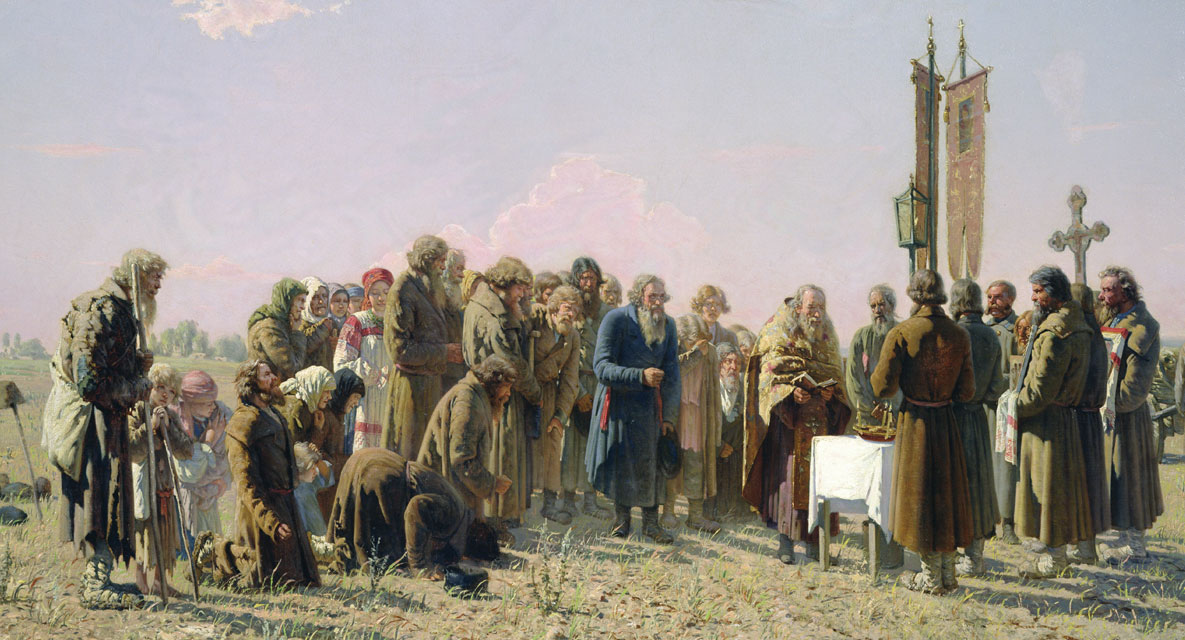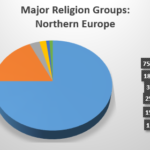How the Second Great Awakening Transformed Religion in America

Introduction to the Second Great Awakening
The Second Great Awakening was a pivotal religious revival that swept across the United States from the late 18th century through the early 19th century. Characterized by mass gatherings, impassioned preaching, and a new spirit of evangelicalism, the movement fundamentally altered the nation’s religious and cultural landscape. It was marked by large camp meetings, emotional conversions, and a democratization of religious participation, influencing virtually every aspect of American society. [3]
Major Effect: Surge in Church Membership and Evangelical Growth
One of the most significant effects of the Second Great Awakening was the dramatic increase in church membership , especially among Methodist and Baptist denominations. [3] Prior to the Awakening, many Americans were disengaged from religious communities, but the revival’s message of personal salvation and communal moral renewal drew thousands into active faith. Revival meetings, which often featured energetic preaching and emotional appeals, made religious experience accessible to people from all backgrounds. Preachers traveled by horseback and spoke in town squares, log cabins, and even outdoors using tree stumps as makeshift pulpits, reaching rural and frontier populations as well as urban centers. [2]
As a result, church attendance soared, and evangelical Christianity became deeply embedded in American culture. The movement also sparked the creation of new denominations and mission societies, expanding the diversity of religious organizations. [3]
Revival Meetings: The Heart of Evangelical Expansion
The phenomenon of the revival meeting was central to the Second Great Awakening. Events like the Cane Ridge Revival in Kentucky attracted thousands, sometimes as much as ten percent of the population in certain regions. [2] These gatherings featured passionate sermons, communal prayers, singing, and spontaneous acts of devotion. The intense emotional and physical enthusiasm-people fainting, speaking in tongues, or weeping-created powerful shared experiences and fostered a sense of spiritual unity. [1]
Women began to play a more visible role, exhorting crowds and participating actively, which represented a significant shift from previous religious norms. [2] Though some criticized these displays as excessive emotionalism, the outcomes were clear: new congregations formed, established churches grew, and more Americans identified as “born again.” [1]
Democratization and Accessibility in Religion
The Awakening democratized religion by removing barriers to participation. Revivals welcomed individuals regardless of social status, race, or gender, emphasizing personal choice and spiritual equality. [3] This approach resonated with the broader democratizing spirit of the era, influenced by the ideals of the American Revolution and rapid social changes brought by the market revolution and westward expansion. [2]
How to experience or access this type of religious revival today? You can:
- Attend local church events or retreats focused on spiritual renewal.
- Participate in regional or national Christian conferences, often advertised by major denominations.
- Engage in community Bible studies or faith-based volunteer opportunities.
- Connect with mission societies or campus ministries at colleges and universities, which trace their roots to Awakening-era reforms.
Impact on Social Reform and American Society
The religious enthusiasm triggered by the Second Great Awakening spilled over into social reform movements . Evangelical Christians began to see moral improvement and social action as part of their spiritual mission. This led to major campaigns against slavery, the promotion of temperance (anti-alcohol movement), women’s rights, and efforts to alleviate poverty. [4]

Source: dreamstime.com
For example, abolitionist groups, women’s suffrage advocates, and temperance societies often had their origins in churches or religious networks established during the Awakening. Many activists saw their work as fulfilling God’s plan for a more just society. Today, to get involved in social reform inspired by religious values, you can:
- Volunteer with faith-based social service organizations.
- Join advocacy groups linked to religious denominations (for example, the United Methodist Church, Baptist organizations, or Catholic charities).
- Search for interfaith coalitions addressing issues like hunger, homelessness, or human rights in your area.
Challenges and Criticisms
Not all Americans embraced the methods or outcomes of the Second Great Awakening. Some clergymen and laypeople criticized revival meetings for what they saw as excessive emotionalism and disorder. [1] Others worried that the movement undermined traditional authority and theological rigor, as it shifted focus from formal doctrine to personal experience and practical morality. [3]
Those seeking more traditional forms of worship can find mainline Protestant or Catholic congregations that emphasize liturgy, scripture, and theological education. If you are interested in comparing denominations or approaches, consider attending different services or consulting with local clergy about their church’s history and philosophy.
Alternative Approaches and Continued Influence
While the primary legacy of the Second Great Awakening is the expansion and democratization of American Christianity, it also inspired alternative religious movements and new theological perspectives. Some groups broke away to form unique denominations, while others emphasized millennialism-the belief in an imminent Second Coming. [1]

Source: giantbomb.com
To explore these alternatives, you might:
- Study the history of denominations such as the Disciples of Christ, Seventh-day Adventists, or the African Methodist Episcopal Church, all of which trace their roots to this era.
- Participate in academic lectures or courses offered by local universities or seminaries on American religious history.
- Consult published works from reputable sources such as Encyclopaedia Britannica or the American Yawp project.
Practical Guidance for Further Exploration
If you want to learn more or connect with the legacy of the Second Great Awakening, here are actionable steps:
- Search for “Second Great Awakening” in your local library catalog or online academic repositories for books and documentaries.
- Visit museums or historical sites related to American religious history, such as churches founded during the revival era.
- Participate in community events hosted by local churches or faith-based organizations that celebrate religious heritage.
- Contact denominational headquarters for Methodist, Baptist, or Presbyterian churches for historical resources and local contacts.
For more detailed information on the movement and its effects, consider reaching out to university religion departments or searching established educational websites for articles and primary sources.






